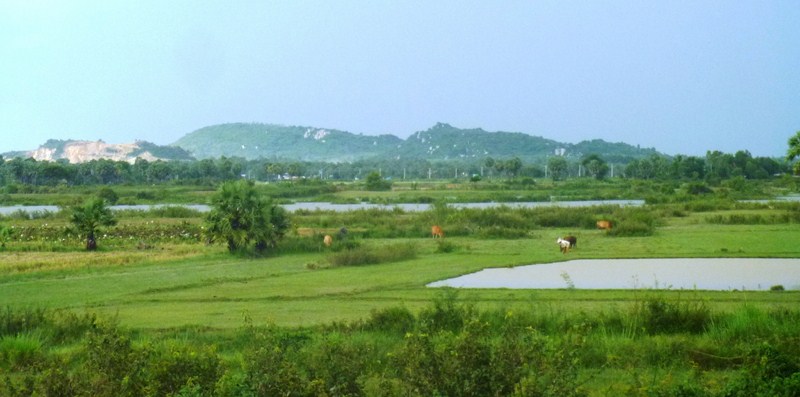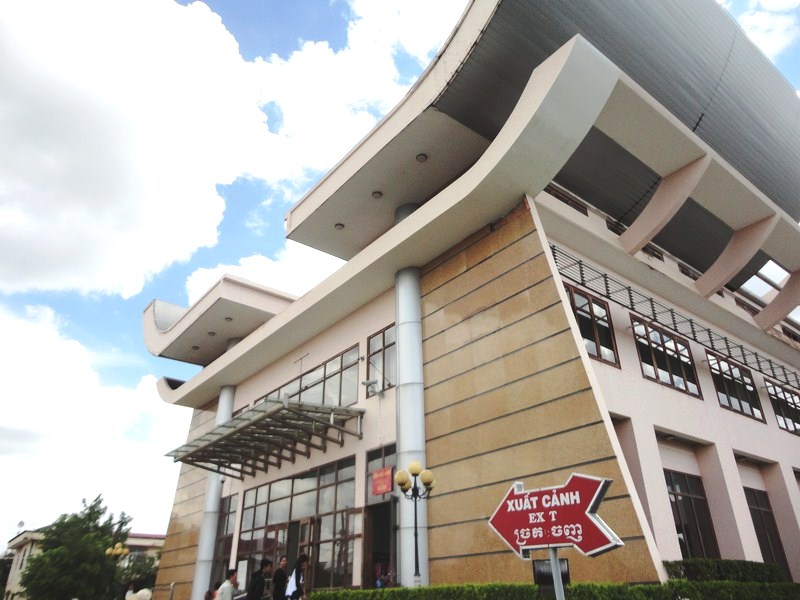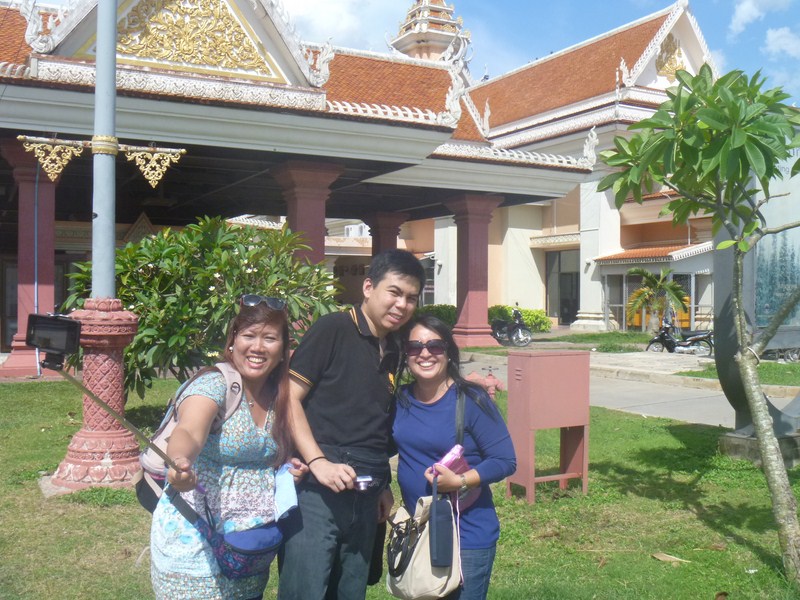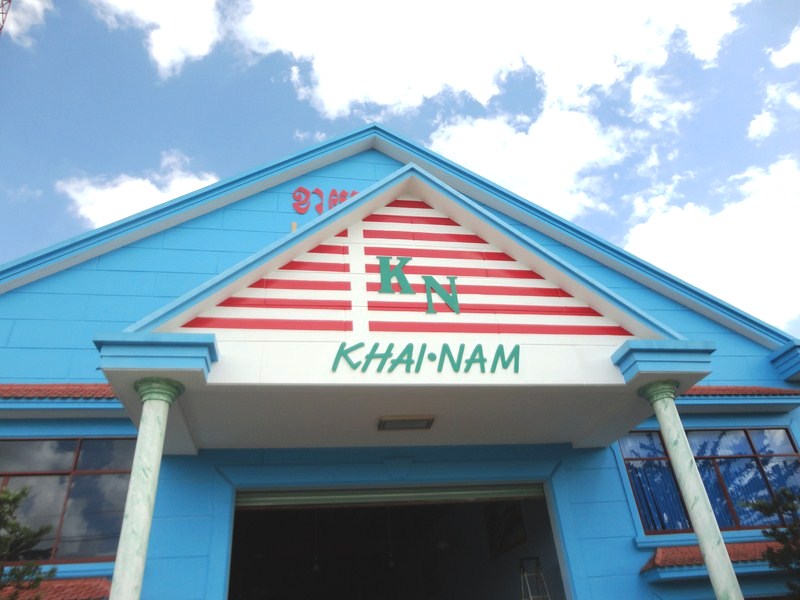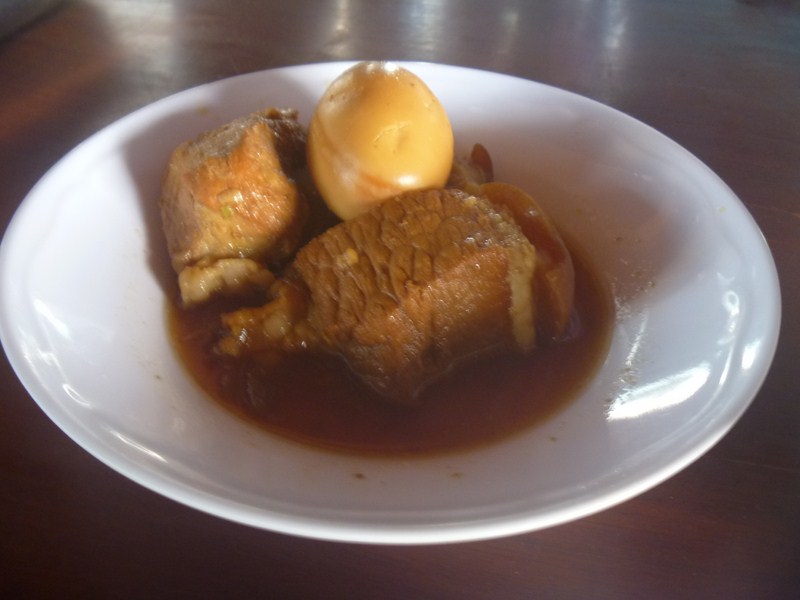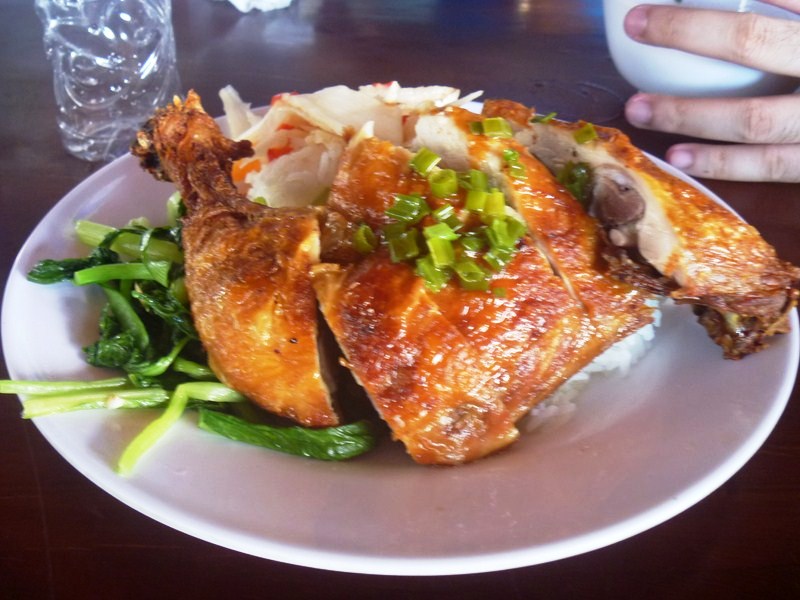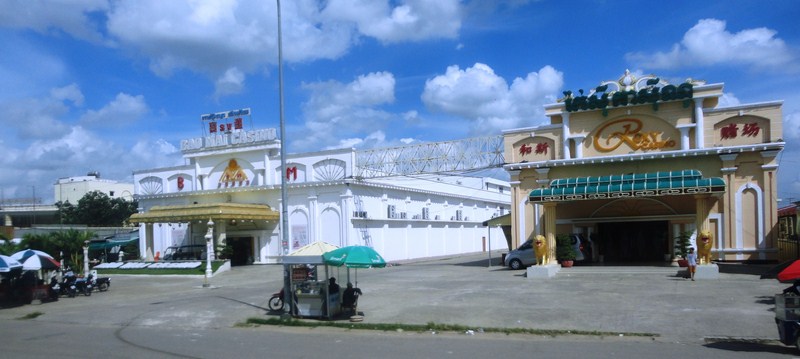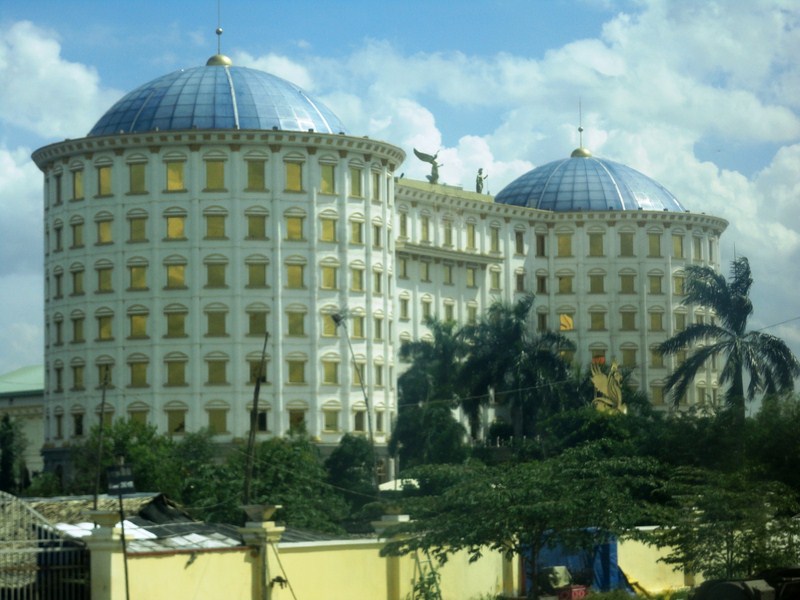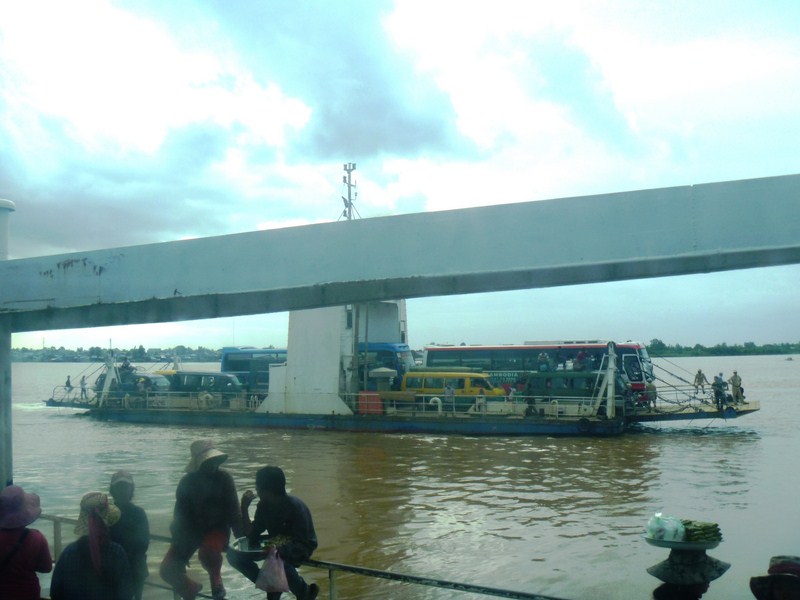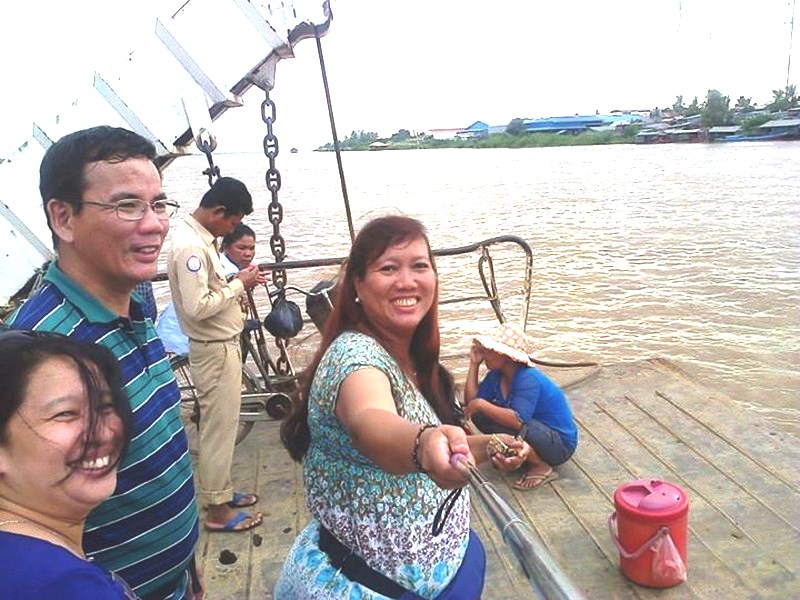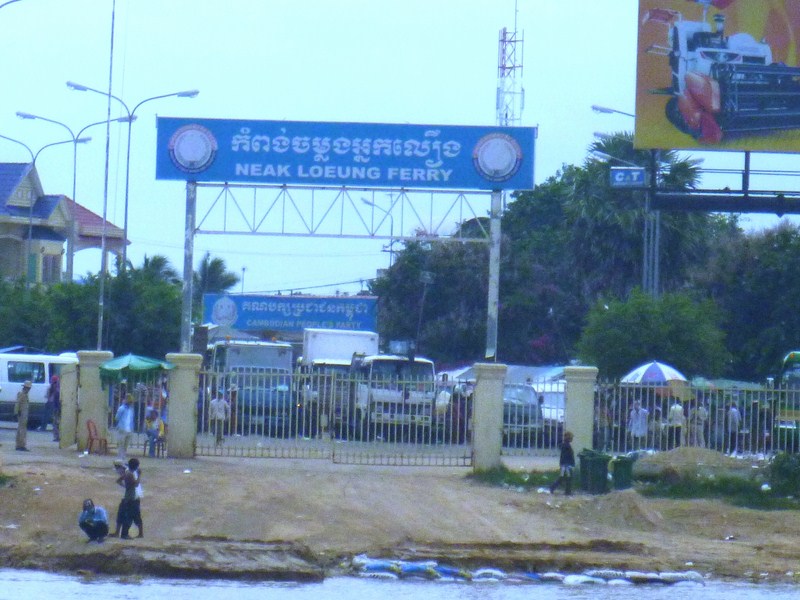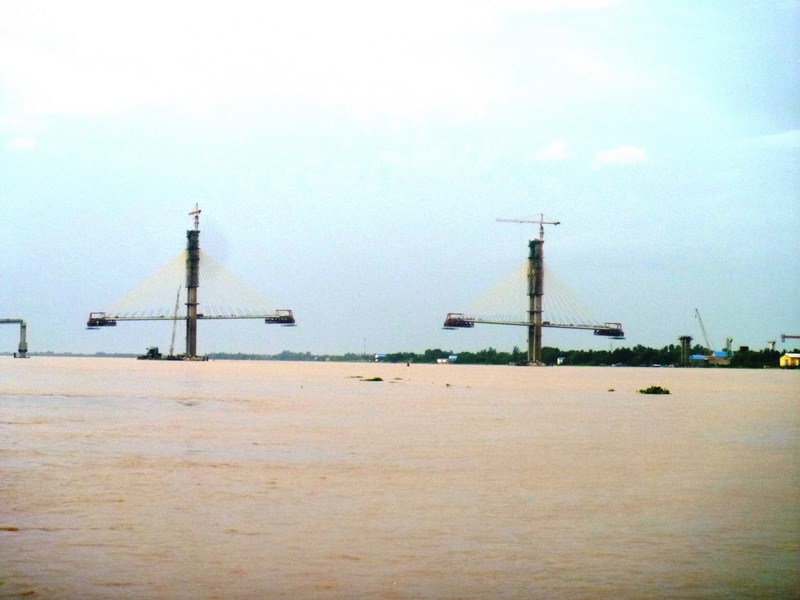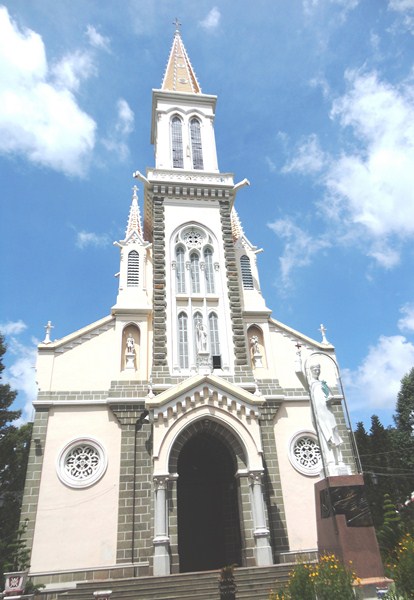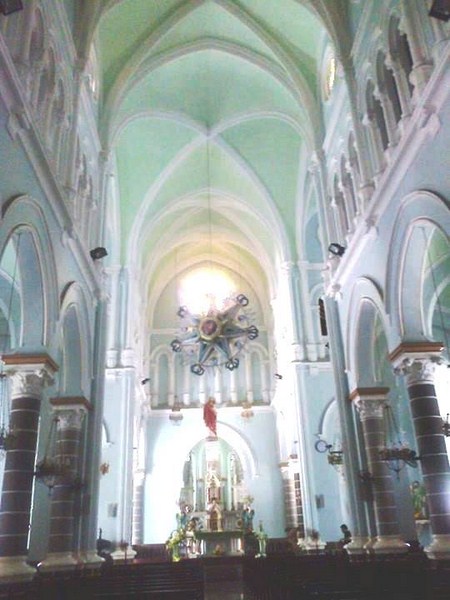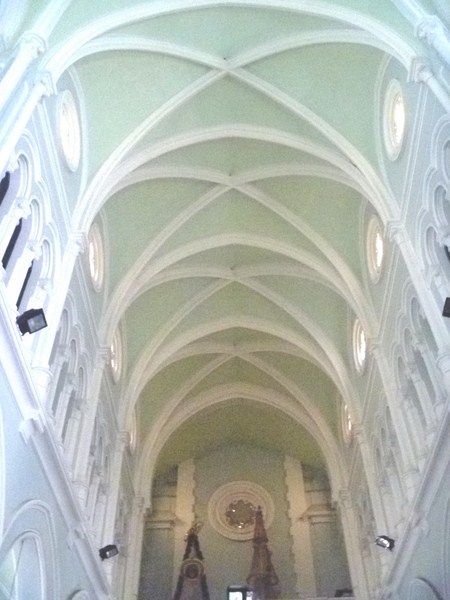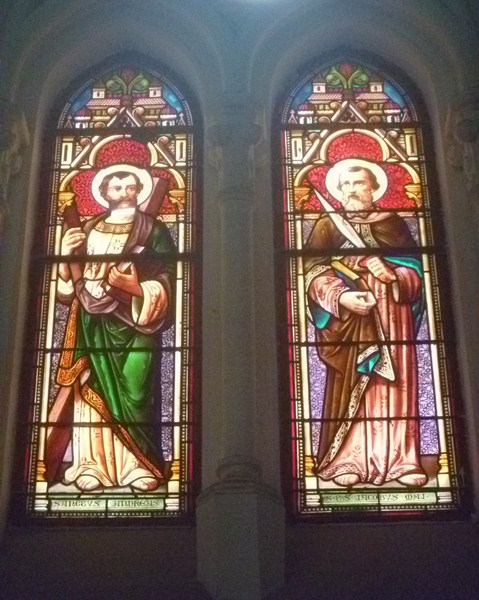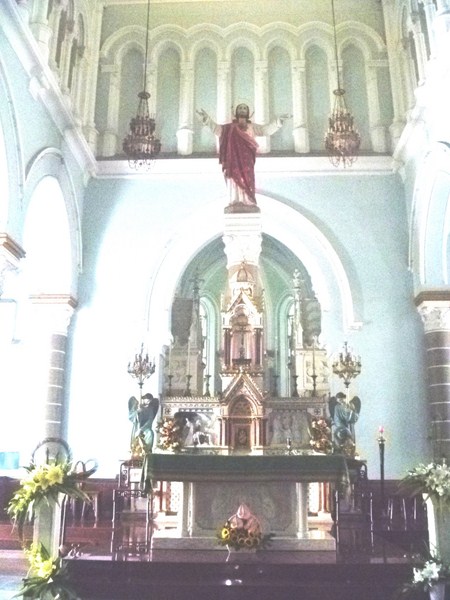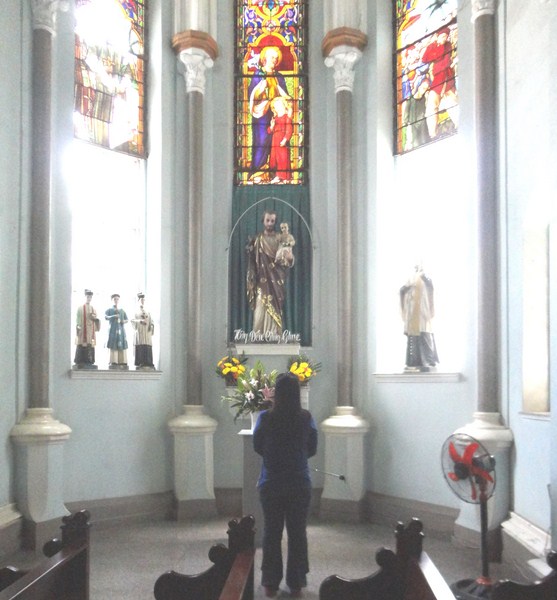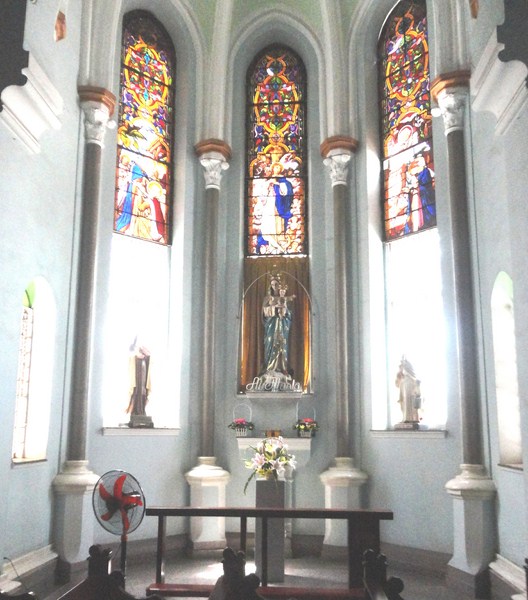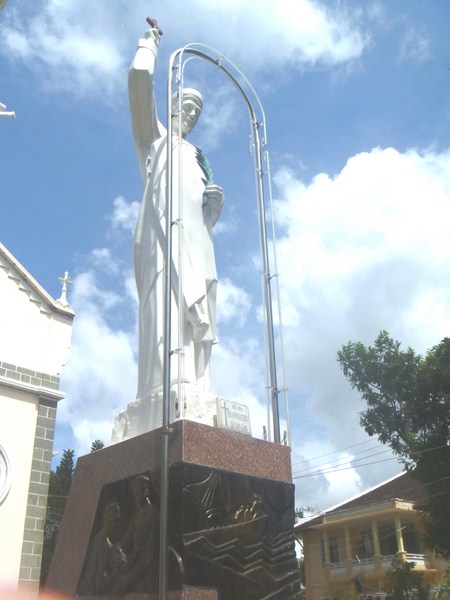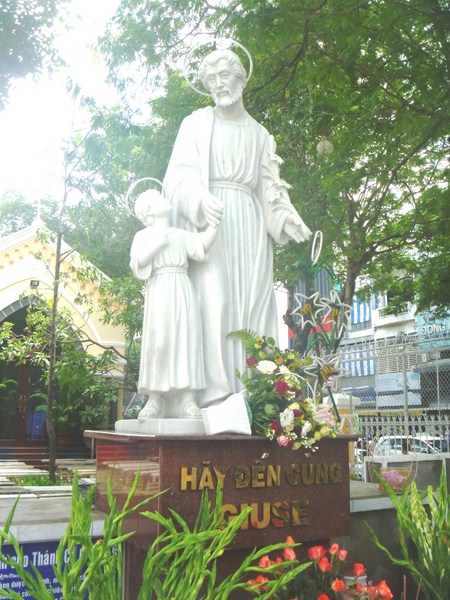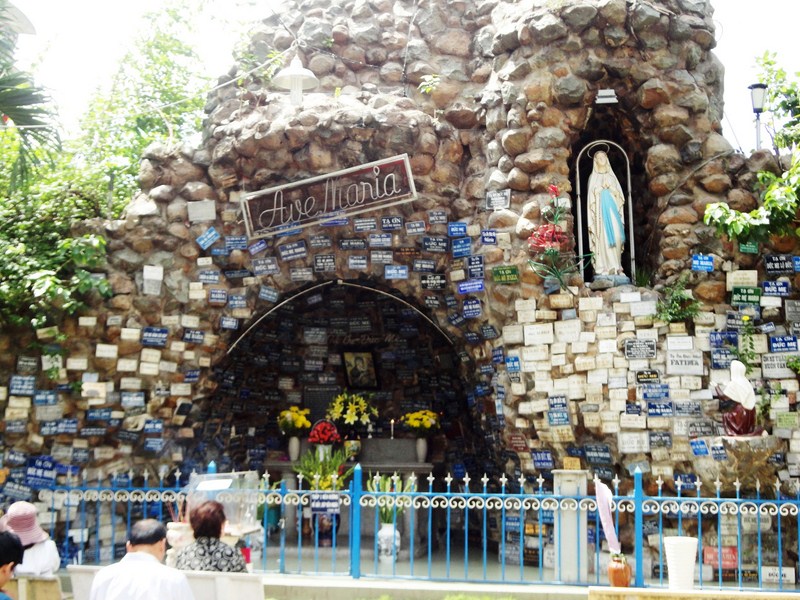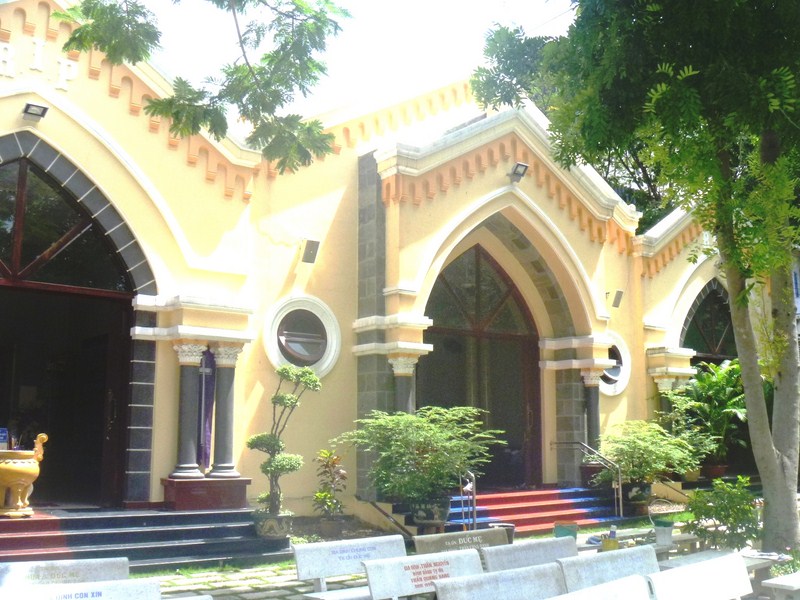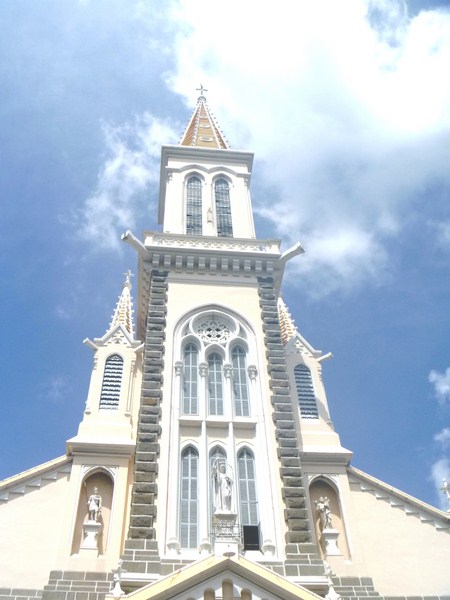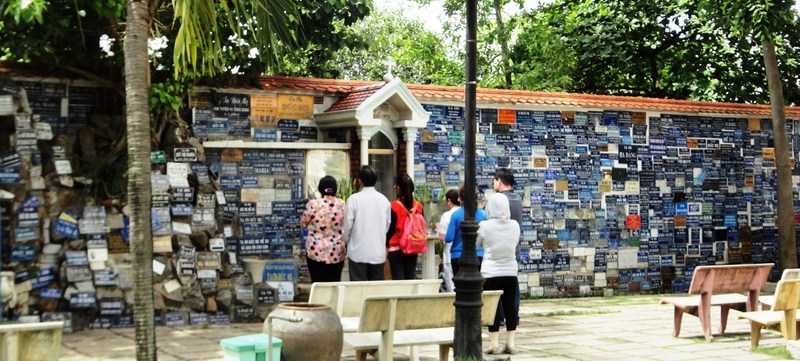After our Huyen Sy Church visit, we returned to Elios Hotel to pick up our luggage. The previous day, Violet was able to book all of us on an airconditioned Sorya 168 Bus from Ho Chi Minh City to Phnom Penh for US$9 each. The travel agency where we booked our bus was along Pham Ngu Lao St. where our hotel was located and it was just a short walk away. Upon arrival, we were all picked up by a van and brought to our waiting Hyundai bus.
We all occupied a row of reclinable, side-by-side bucket seats with armrests, stored our hand carried bags at overhead racks and our large luggage at the back (though there was a huge baggage storage compartment at the side of the bus, below the passenger deck).
Our bus left the station by 12 noon. We were in for a long 285-km. (177 mi.)/6-7-hr. trip. As soon as we left, the bus steward started collecting our passports as well as of other passengers bound for Phnom Penh. Naturally, I did not like this idea of giving away our passports to a stranger but looking around, I noticed that this was normal and routine. The steward was to hold on to it within the duration of the trip up to the Vietnam-Cambodia border where he will hand these over to the Vietnamese immigration officer for the stamping of the exit date.
After a 2.5 hour (70 km.) trip along the National Highway 22 (the Vietnam section of the Trans-Asia Highway) through Cu Chi, we reached the Moc Bai border gate in Tây Ninh Province and we all got off from the bus and entered a building where the Vietnam immigration passport checkpoint is located. Here, our passports were stamped with the exit date. We didn’t wait a long time.
From the Moc Bai border gate, we again boarded our bus and, upon reaching the Cambodian border, alighted again upon reaching the Bavet border gate at Svay Rieng. Bavet is one of the “special economic zones” (SEZ) of Cambodia, with established textile industries, bicycles factories plus 10 to 12 big and small casinos (Bao Mai Casino, Roxy Casino, Crown Bavet Casino, Le Macau Casino-Hotel, Titan King Casino, etc.) attended by Vietnamese.
After clearing with Cambodia immigration, we again boarded our bus and traveled 1 or 2 kms. before making a 30-min. stopover for a late lunch at a cafeteria called Khai-nam. A meal here costs US$2 (yes they accept US dollars as well as the Vietnamese dong and Cambodian riel). Back at our bus, our passports were finally returned to us by the steward.
We still had a long 170-km. drive to get to Phnom Penh and the trip was uneventful save for the occasional downpour and the roll-on-roll-off ferry crossing at Neak Loeung where our bus crossed the Mekong River. As the traffic was flowing smoothly, our bus got to board the ferry in less than 15 minutes. We were lucky as there are times when there are many vehicles wanting to cross the river and a traffic jam occurs. The wait can sometimes stretch up to 2 hours. The crossing itself took less than 10 minutes.
Currently, a 2-km.long, Japan-funded bridge, connecting the National Rd. 1, near Neang Lerg, is being built and is slated to be finished by 2015, making it the longest bridge in Cambodia. We arrived at Phnom Penh’s Central Market by 6 PM. Here, we hired a tuk tuk (a motorcycle with an open cabin, suspended upon the rear fork, with an in-line seat on each side), at US$1 per pax, to take us to Elite Boutique Hotel where Jandy and I stayed.
Check out “Hotel and Inn Review: Elite Boutique Hotel“

